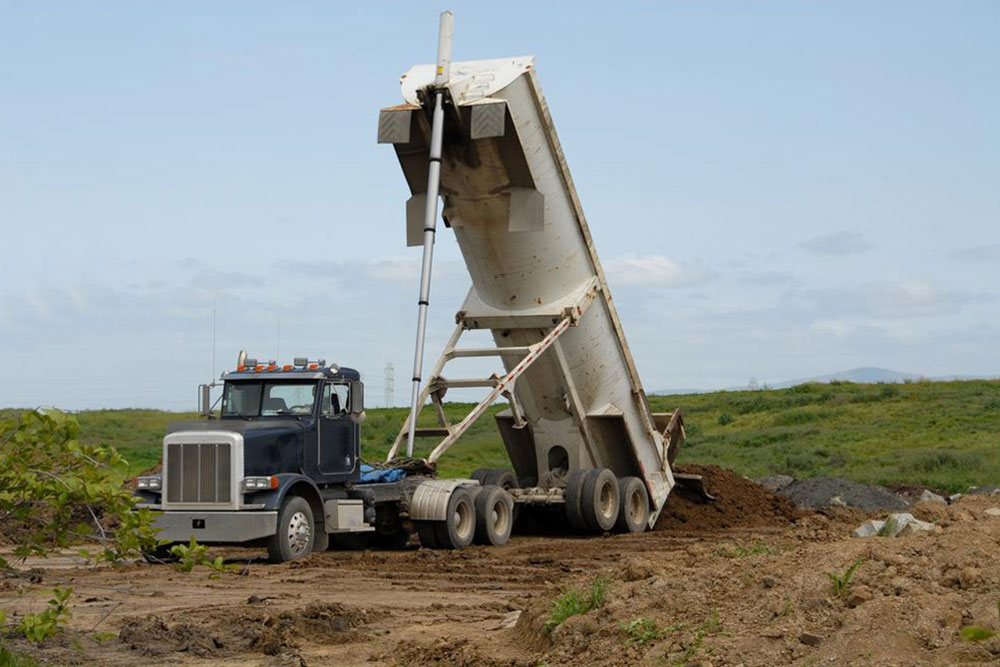Guide to Selecting the Perfect Dump Trailer
Choosing the right dump trailer involves understanding your load requirements, trailer size, style, and purpose. Whether for industrial, agricultural, or residential use, selecting the suitable design ensures efficiency and cost savings. From size to style, this guide provides essential tips for making an informed purchase of a dump trailer that meets your specific needs.
Sponsored

Dump trailers serve various purposes across industrial, agricultural, and residential sectors. They come in different sizes and configurations, tailored to specific tasks. Before purchasing, it's essential to understand your needs, trailer features, and specifications to make an informed choice and maximize value. Dump trailers are typically hitch-mounted to pickup trucks, ideal for transporting debris, materials, or supplies to designated dumping sites.
What is the primary use of a dump trailer?
These trailers tilt to unload their contents, functioning like dump trucks or flatbeds. A significant benefit is their detachability, allowing easy placement at work sites without continuous towing, providing flexibility for urgent tasks.
Key considerations when choosing a dump trailer
Size and Dimensions: Selecting the right size depends on your load type and weight. Ensure the trailer can handle your typical payload. Larger trailers reduce the number of trips to landfills, decreasing dumping fees, especially when hauling dirt or debris.
Type and Design: Different styles cater to various needs:
Straight Axle Trailers: Positioned about 30-33 inches above ground, these offer high clearance for obstacles on-site.
Drop Axle Trailers: Also called low-riders, these are suitable for hauling large equipment with ramps, not ideal for heavy loads requiring high ground clearance.
Other Models: Including deck-over and gooseneck configurations—explore all options before making a decision.





